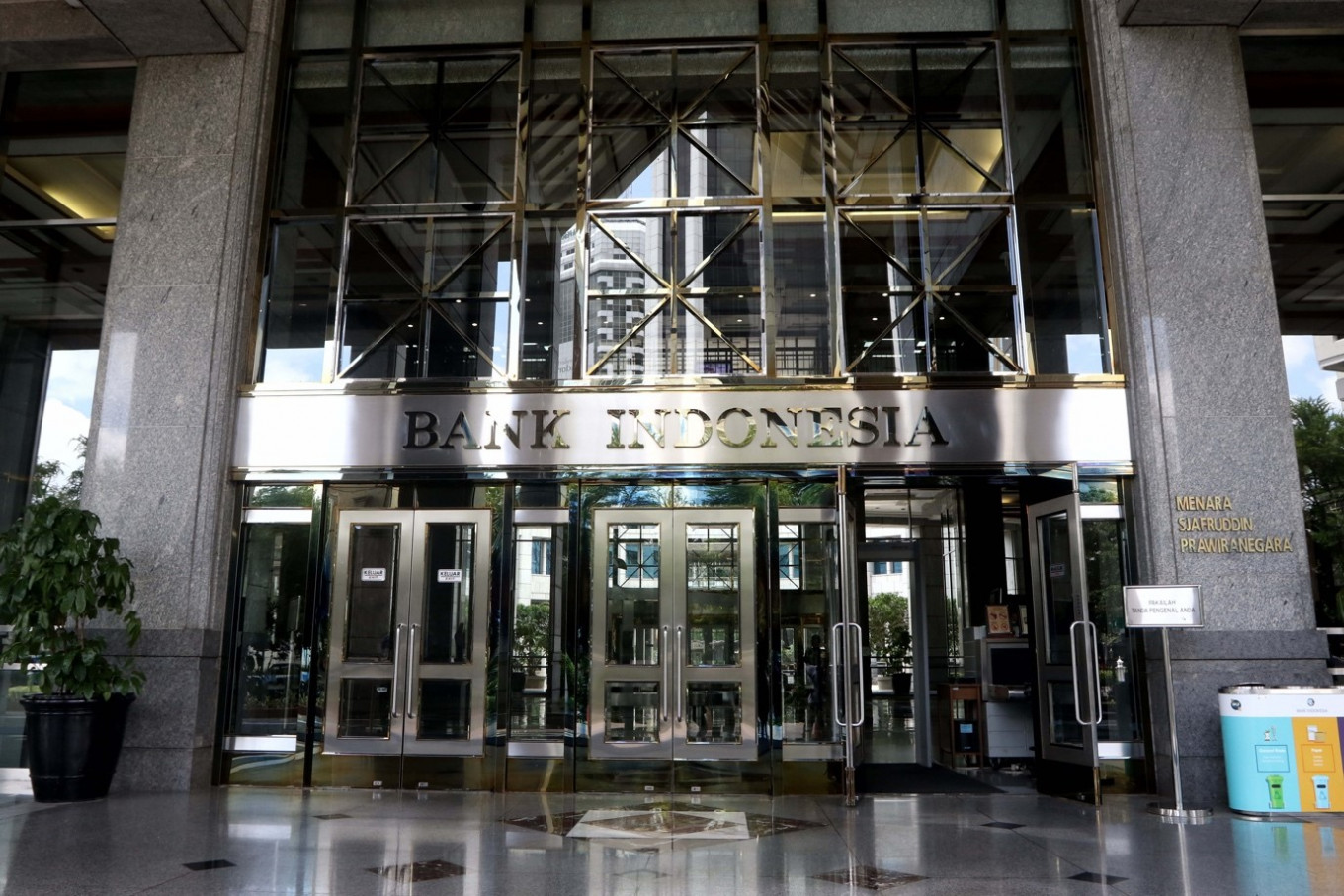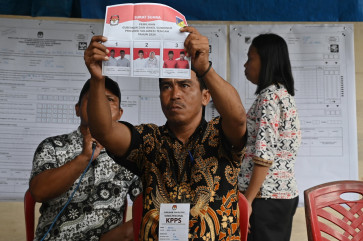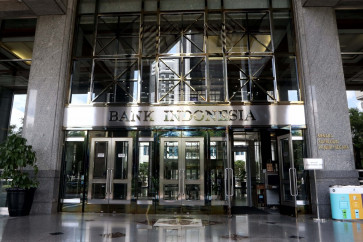Popular Reads
Top Results
Can't find what you're looking for?
View all search resultsPopular Reads
Top Results
Can't find what you're looking for?
View all search resultsAnalysis: Digital rupiah to pressure electric money and digital wallet dominance
Change text size
Gift Premium Articles
to Anyone
E
ver since Bank Indonesia (BI) announced their intent to to create a central bank digital currency (CBDC) in July, everyone voiced concern regarding the risk of the monetary authority becoming a competitor to digital wallet services. Last week, the central bank finally published their white paper on how they will be implementing the new digital rupiah, as well as addressing concerns from businesses and consumers.
In the white paper, BI says that they will be operating with a “do no harm” principle, which means that they don’t want to interfere with the current electric money ecosystem. To achieve this, they will be creating two categories of the digital rupiah, wholesale digital (w-Digital) and retail digital (r-Digital) rupiah. The plan is that consumers can only access r-Digital rupiah, however r-Digital need to be converted from w-Digital, which BI is only able to issue to approved financial institutions. This segmented system is meant to mimic conventional monetary systems and thus minimize the impact of the digital rupiah’s introduction.
However, the CBDC white paper still hasn’t addressed the elephant in the room. Ultimately, the digital rupiah is still introducing a new system of payment into the market. Electric money that is currently already circulating in the through services such as GoPay, OVO and Link Aja would be excluded from being digital rupiah, because r-Digital rupiah has to be converted from w-Digital.
As is, there is already a level of difficulty for consumers to convert money in digital wallets into cash, and the digital rupiah would only add another obstacle. Although the digital literacy rate of Indonesia is high, the financial literacy of Indonesians are comparatively still lacking. High rates of financial inclusion can be found in big cities, but small cities and countryside still commonly transact with cash.
BI governor Perry Warjiyo argues that the benefits of digital rupiah implementation will outweigh the difficulties of its implementation. Firstly, the digital rupiah’s integration with BI FAST and QRIS infrastructure will effectively reduce the cost of transaction to zero. Secondly, digital rupiah is interconnected with web3, which allows for easy purchase of digital assets such as metaverse or certain cryptocurrencies. Finally, the distributed ledger technology (DLT) utilized by the CBDC guarantees absolute security in transactions.
On the other hand, the benefits of digital rupiah can also be seen as disadvantageous to the current financial environment. The 0 transfer cost means that banks would be losing their revenue that would normally be collected from transfer fees. Similarly, the integration with web3 means that the purchase of digital metaverse or crypto assets would no longer incur any conversion costs for the service providers. However, one of the most worrisome issues is in relation to exactly how the digital rupiah would be guaranteeing financial security.
The issuance of w-Digital and conversion to r-Digital rupiah using DLT means that there a ledger of all transactions will be recorded through every device connected to the network. This means that BI will have a record of any digital rupiah transaction with no exception. On the one hand, this has the benefit of easily catching money laundering schemes or the funding of illegal acts such as terrorism. But on the other hand, this is an extreme breach of privacy for both the consumers and the financial intermediaries who transfer or convert digital rupiah. Aside from discovering illegal undisclosed funds, this new ledger could be used to reveal vital business trade secrets that would normally be legally excluded from financial statements.



















